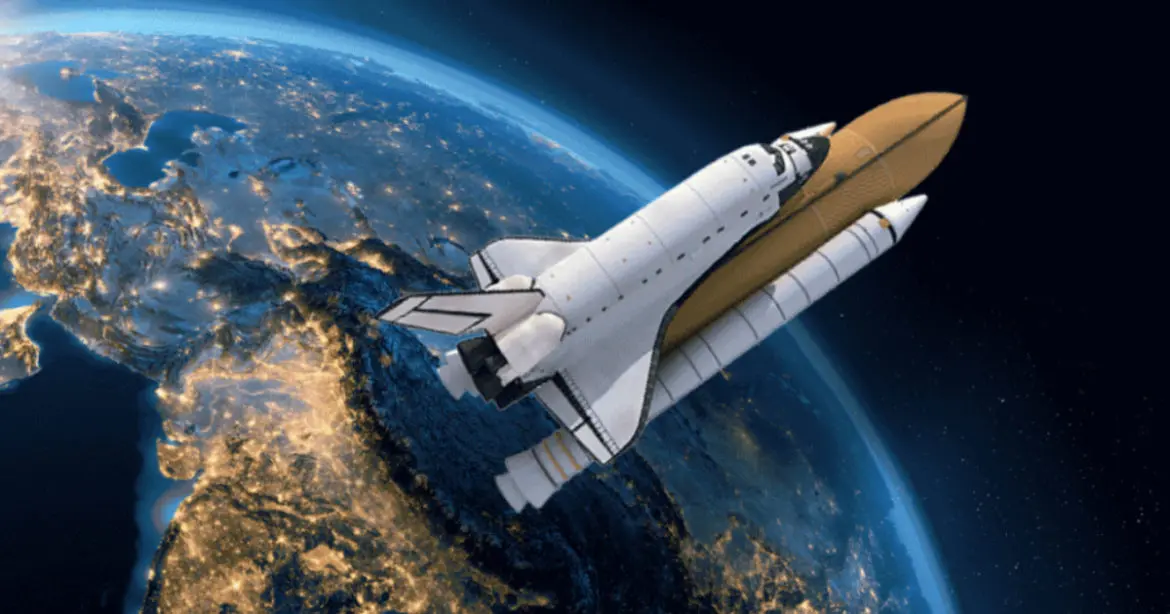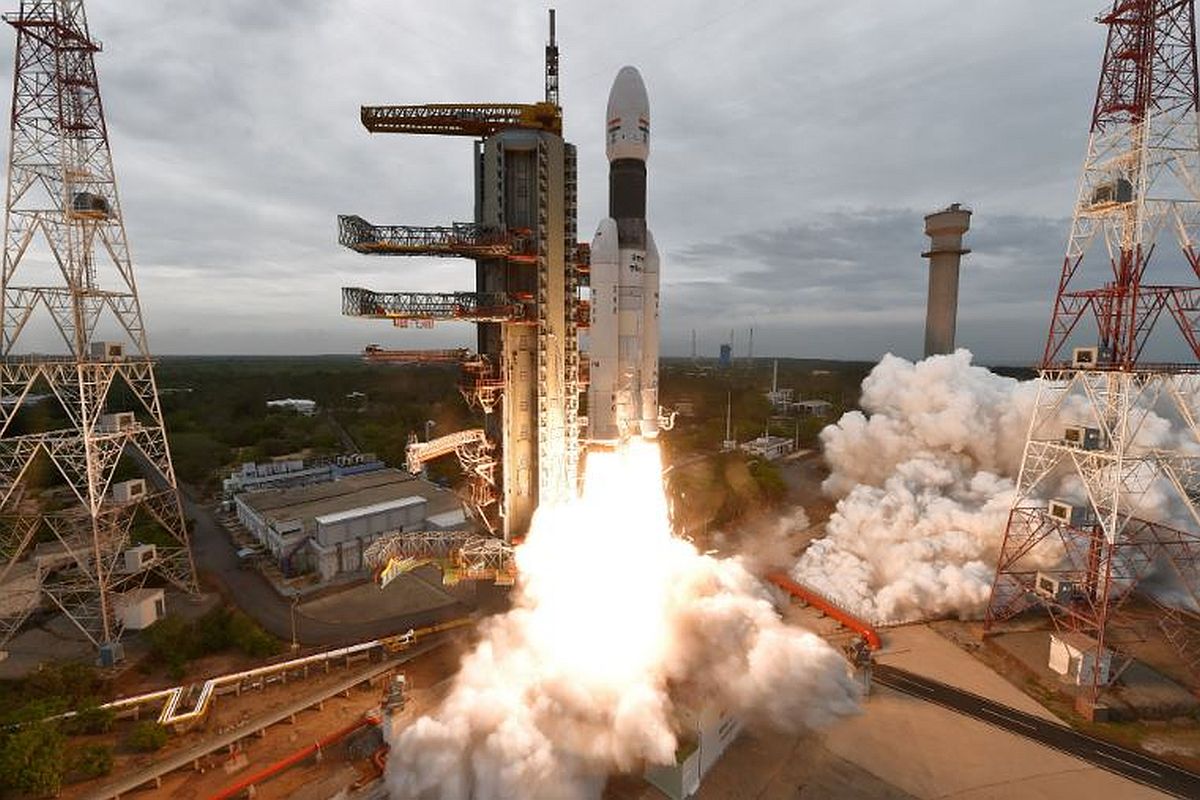The world awaits Chandrayaan-3’s historic landing on the Moon’s south pole on Wednesday. After Russia’s Luna 25 crash, people across the globe hope that everything goes as planned with Chandrayaan-3 when it will attempt its soft landing. Till now, the spacecraft and all the systems are working perfectly and ISRO says no contingencies are anticipated on Wednesday.
Chandrayaan-3 Effectively Nearer To Moon

From the day of its send-off on July 14, the shuttle effectively completed every one of the means that put it nearer to the Moon. The vital advances included entering the Moon’s circle, trailing via completing moves, and afterward the partition of the Impetus Module and Lander Module.
Here are five hurdles that Chandrayaan-3 overcame during its journey so far

July 14: LVM3 M4 vehicle successfully launched Chandrayaan-3 into orbit. Chandrayaan-3, in its precise orbit, began its journey to the Moon.
July 15: The first orbit-raising maneuver (Earthbound firing-1) was successfully performed at ISTRAC/ISRO, Bengaluru. The spacecraft was in 41762 km x 173 km orbit.
August 1: The spacecraft was inserted into the translunar orbit. The orbit achieved was 288 km x 369328 km. Lunar-Orbit Insertion (LOI) was planned for August 5.
August 5: Chandrayaan-3 was successfully inserted into the lunar orbit. The orbit achieved was 164 km x 18074 km, as intended.
August 17: Lander Module (LM) was successfully separated from the Propulsion Module (PM).
What will happen after landing?

The Impetus Module which will stay in Moon’s circle for months or years, has an appended payload known as the Spectro-polarimetry of Tenable Planet Earth (SHAPE), to concentrate on Earth’s unearthly and polarimetric estimations from the moon’s circle. Basically, SHAPE will investigate specific marks of Earth’s light.
Study of the lunar surface by payloads

Credit: Google
When the Lander Module arrives at the Moon’s surface, the lander Vikram will send its payloads. These incorporate Chandra’s Surface Thermophysical Trial (Pure) for estimating temperature and warm conductivity. Another payload, the Instrument for Lunar Seismic Action (ILSA), will quantify seismic movement around the arrival site. The Langmuir Test (LP) will gauge plasma thickness and changes.



